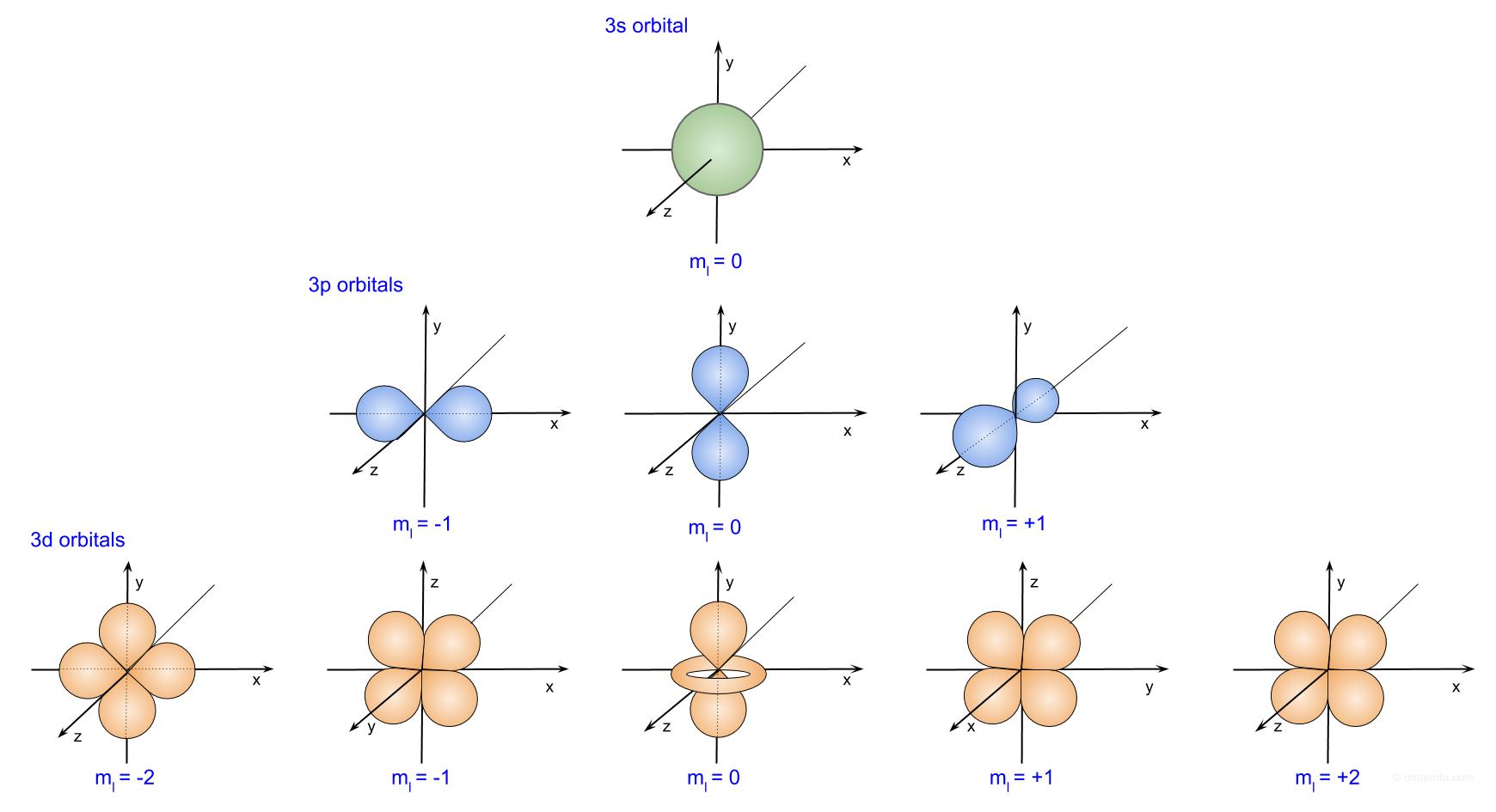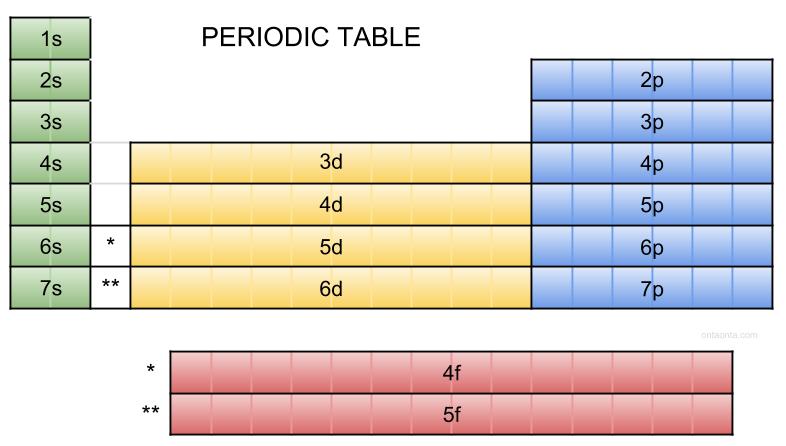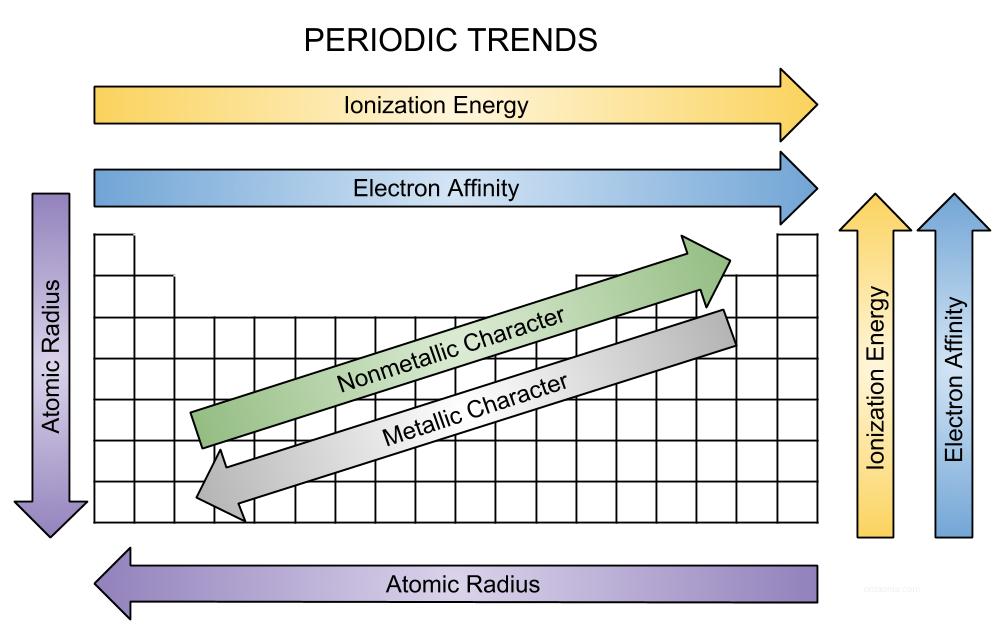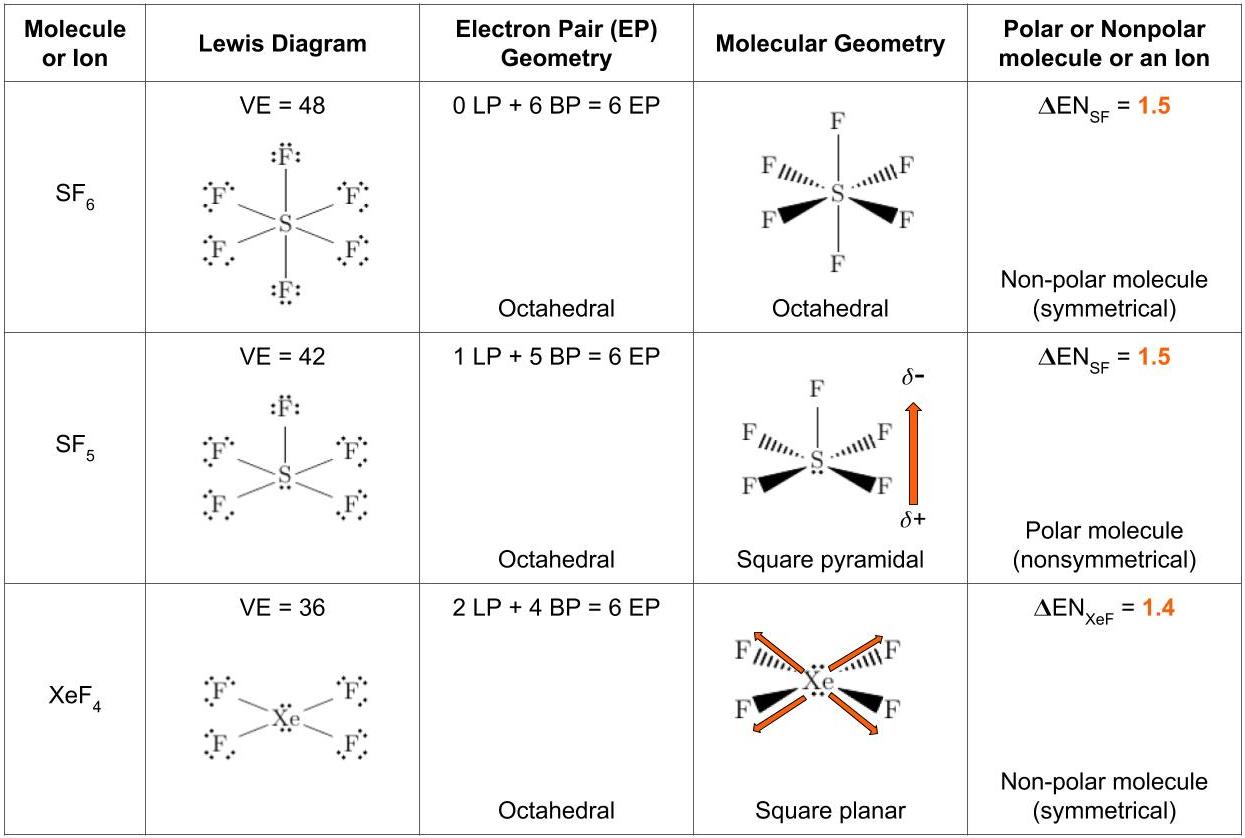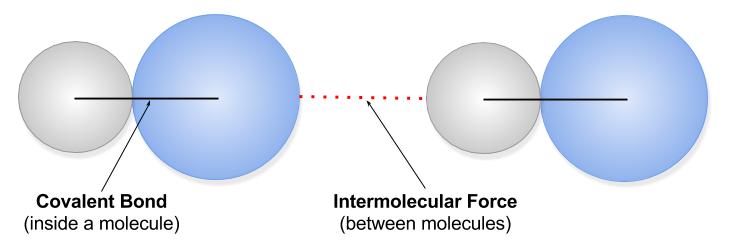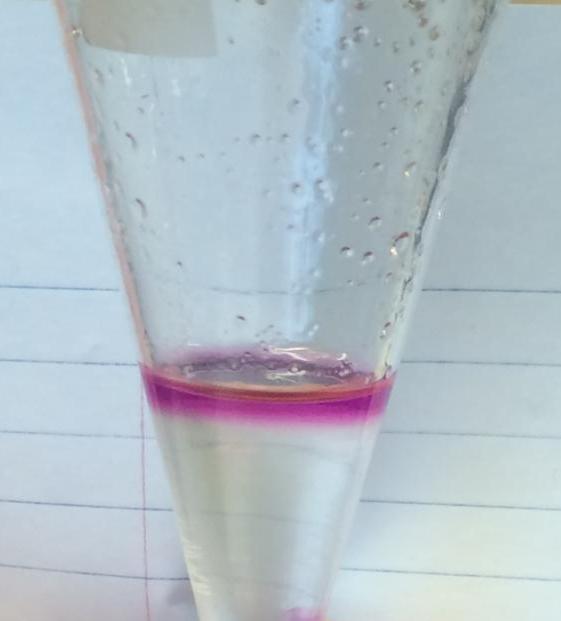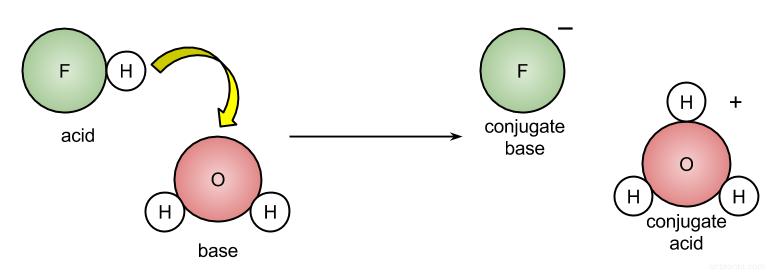Chemistry 12

- Only CAD 119.95 per year
- Access to Chemistry 12
- Complete with all the tools needed to teach at home
- Starts with a single student
- Only CAD 719.95 per year
- Access to Chemistry 12
- Complete with all the tools needed to teach in the classroom
- Starts with 30 students
Chemistry 12 - Overview
The Chemistry 12 course provides online lessons, quizzes, simulations and videos to enrich students understanding of atomic theory and bonding, organic chemistry, energy changes and rates of reaction, equilibrium in chemical systems and electrochemistry.
The worksheets and assignments are carefully designed to help students practice and strengthen their problem-solving skills. Students will be encouraged to study the world around them by performing laboratory experiments, gathering data and analying their results. Activities are spread out throughout the course so that students have a fun way to apply the concepts they will learn in the lessons.
Teachers and parents are welcome to obtain full access to detailed solutions, lessons, and online assessments by becoming Members.
Chemistry 12 - Contents
Organic chemistry is a branch of chemistry that deals with molecules containing the elements carbon and hydrogen. Students learn to name and determine the chemical structures of various organic molecules, predict their chemical and physical properties and recognize the products of some basic chemical reactions.
Course Material - Various files you can use to enhance teaching.
| Title | Type | Attached to |
|---|---|---|
| Development of the Atomic Theory, Part 1 | worksheet | Lesson: Development of the Atomic Theory, Part 1 |
| Development of the Atomic Theory, Part 1 - Solutions | worksheet | Lesson: Development of the Atomic Theory, Part 1 |
| Development of the Atomic Theory, Part 2 | worksheet | Lesson: Development of the Atomic Theory, Part 2 |
| Development of the Atomic Theory, Part 2 - Solutions | worksheet | Lesson: Development of the Atomic Theory, Part 2 |
| Quantum Numbers | worksheet | Lesson: Quantum Numbers |
| Quantum Numbers - Solutions | worksheet | Lesson: Quantum Numbers |
| Electron Configuration | worksheet | Lesson: Electron Configuration |
| Electron Configuration - Solutions | worksheet | Lesson: Electron Configuration |
| Electron Configuration | assignment | Lesson: Electron Configuration |
| Electron Configuration - Solutions | assignment | Lesson: Electron Configuration |
| Trends in the Periodic Table | worksheet | Lesson: Trends in the Periodic Table |
| Trends in the Periodic Table - Solutions | worksheet | Lesson: Trends in the Periodic Table |
| The Bonding Continuum | worksheet | Lesson: The Bonding Continuum |
| The Bonding Continuum - Solutions | worksheet | Lesson: The Bonding Continuum |
| Valence Shell Electron Pair Repulsion Theory (VSEPR) | worksheet | Lesson: Valence Shell Electron Pair Repulsion Theory (VSEPR) |
| Valence Shell Electron Pair Repulsion Theory (VSEPR) - Solutions | worksheet | Lesson: Valence Shell Electron Pair Repulsion Theory (VSEPR) |
| Intermolecular Forces (IMFs) | worksheet | Lesson: Intermolecular Forces (IMFs) |
| Intermolecular Forces (IMFs) - Solutions | worksheet | Lesson: Intermolecular Forces (IMFs) |
| Solubility and Intermolecular Forces | lab | Lesson: Lab: Solubility and Intermolecular Forces |
| Solubility and Intermolecular Forces - Solutions | lab | Lesson: Lab: Solubility and Intermolecular Forces |
| Hybridization | worksheet | Lesson: Hybridization |
| Hybridization - Solutions | worksheet | Lesson: Hybridization |
| VSEPR and Intermolecular Forces | assignment | Lesson: Hybridization |
| VSEPR and Intermolecular Forces - Solutions | assignment | Lesson: Hybridization |
| Types of Solids | worksheet | Lesson: Types of Solids |
| Types of Solids - Solutions | worksheet | Lesson: Types of Solids |
| Unit 1 Review | worksheet | Lesson: Unit 1 Review |
| Unit 1 Review - Solutions | worksheet | Lesson: Unit 1 Review |
| Unit 1 Test A - Solutions | test | Lesson: Unit 1 Review |
| Unit 1 Test A | test | Lesson: Unit 1 Review |
| Unit 1 Test B - Solutions | test | Lesson: Unit 1 Review |
| Unit 1 Test B | test | Lesson: Unit 1 Review |
| Unit 1 Test C - Solutions | test | Lesson: Unit 1 Review |
| Unit 1 Test C | test | Lesson: Unit 1 Review |
| Unit 1 Test D - Solutions | test | Lesson: Unit 1 Review |
| Unit 1 Test D | test | Lesson: Unit 1 Review |
| Organic Chemistry: Hydrocarbons | worksheet | Lesson: Hydrocarbons |
| Organic Chemistry: Hydrocarbons - Solutions | worksheet | Lesson: Hydrocarbons |
| Cycloalkanes, Cycloalkenes and Cycloalkynes | worksheet | Lesson: Cyclic Hydrocarbons |
| Cycloalkanes, Cycloalkenes and Cycloalkynes - Solutions | worksheet | Lesson: Cyclic Hydrocarbons |
| Aromatic Hydrocarbons | worksheet | Lesson: Aromatic Hydrocarbons |
| Aromatic Hydrocarbons - Solutions | worksheet | Lesson: Aromatic Hydrocarbons |
| Functional Groups Containing Oxygen, Part 1 | worksheet | Lesson: Functional Groups, Part 1 |
| Functional Groups Containing Oxygen, Part 1 - Solutions | worksheet | Lesson: Functional Groups, Part 1 |
| Functional Groups, Part 2 | worksheet | Lesson: Functional Groups, Part 2 |
| Functional Groups, Part 2 - Solutions | worksheet | Lesson: Functional Groups, Part 2 |
| Isomers | assignment | Lesson: Functional Groups, Part 2 |
| Isomers | assignment | Lesson: Functional Groups, Part 2 |
| Organic Reactions, Part 1 | worksheet | Lesson: Organic Reactions, Part 1 |
| Organic Reactions, Part 1 - Solutions | worksheet | Lesson: Organic Reactions, Part 1 |
| Organic Reactions, Part 2 | worksheet | Lesson: Organic Reactions, Part 2 |
| Organic Reactions, Part 2 - Solutions | worksheet | Lesson: Organic Reactions, Part 2 |
| Organic Reactions | assignment | Lesson: Organic Reactions, Part 2 |
| Organic Reactions | assignment | Lesson: Organic Reactions, Part 2 |
| Organic Reactions | lab | Lesson: Lab: Organic Reactions |
| Organic Reactions - Solutions | lab | Lesson: Lab: Organic Reactions |
| Polymers | worksheet | Lesson: Polymers |
| Polymers - Solutions | worksheet | Lesson: Polymers |
| Unit 2 Review | worksheet | Lesson: Unit 2 Review |
| Unit 2 Review - Solutions | worksheet | Lesson: Unit 2 Review |
| Unit 2 Test A - Solutions | test | Lesson: Unit 2 Review |
| Unit 2 Test A | test | Lesson: Unit 2 Review |
| Unit 2 Test B - Solutions | test | Lesson: Unit 2 Review |
| Unit 2 Test B | test | Lesson: Unit 2 Review |
| Unit 2 Test C - Solutions | test | Lesson: Unit 2 Review |
| Unit 2 Test C | test | Lesson: Unit 2 Review |
| Unit 2 Test D - Solutions | test | Lesson: Unit 2 Review |
| Unit 2 Test D | test | Lesson: Unit 2 Review |
| Thermochemistry | worksheet | Lesson: Thermochemistry |
| Thermochemistry - Solutions | worksheet | Lesson: Thermochemistry |
| Calorimetry | worksheet | Lesson: Calorimetry |
| Calorimetry - Solutions | worksheet | Lesson: Calorimetry |
| Standard Enthalpies of Formation | worksheet | Lesson: Standard Enthalpies of Formation |
| Standard Enthalpies of Formation - Solutions | worksheet | Lesson: Standard Enthalpies of Formation |
| Hess's Law | worksheet | Lesson: Hess's Law |
| Hess's Law - Solutions | worksheet | Lesson: Hess's Law |
| Bond Energies | worksheet | Lesson: Bond Energies |
| Bond Energies - Solutions | worksheet | Lesson: Bond Energies |
| Heating Curves | worksheet | Lesson: Heating Curves |
| Heating Curves - Solutions | worksheet | Lesson: Heating Curves |
| Lab: Calorimetry (Video) | worksheet | Lesson: Lab: Calorimetry |
| Calorimetry | lab | Lesson: Lab: Calorimetry |
| Calorimetry - Solutions | lab | Lesson: Lab: Calorimetry |
| Second Law of Thermodynamics | worksheet | Lesson: Second Law of Thermodynamics |
| Second Law of Thermodynamics - Solutions | worksheet | Lesson: Second Law of Thermodynamics |
| Unit 3 Review | worksheet | Lesson: Unit 3 Review |
| Unit 3 Review - Solutions | worksheet | Lesson: Unit 3 Review |
| Unit 3 Test A - Solutions | test | Lesson: Unit 3 Review |
| Unit 3 Test A | test | Lesson: Unit 3 Review |
| Unit 3 Test B - Solutions | test | Lesson: Unit 3 Review |
| Unit 3 Test B | test | Lesson: Unit 3 Review |
| Unit 3 Test C - Solutions | test | Lesson: Unit 3 Review |
| Unit 3 Test C | test | Lesson: Unit 3 Review |
| Unit 3 Test D - Solutions | test | Lesson: Unit 3 Review |
| Unit 3 Test D | test | Lesson: Unit 3 Review |
| Reaction Rates | worksheet | Lesson: Reaction Rates |
| Reaction Rates - Solutions | worksheet | Lesson: Reaction Rates |
| Rate Law | worksheet | Lesson: Rate Law |
| Rate Law - Solutions | worksheet | Lesson: Rate Law |
| Extension: Integrated Rate Law | worksheet | Lesson: Extension: Integrated Rate Law |
| Extension: Integrated Rate Law - Solutions | worksheet | Lesson: Extension: Integrated Rate Law |
| Collision Theory and Rate of Reaction | worksheet | Lesson: Collision Theory and Rate of Reaction |
| Collision Theory and Rate of Reaction - Solutions | worksheet | Lesson: Collision Theory and Rate of Reaction |
| Iodine Clock | lab | Lesson: Lab: Iodine Clock |
| Iodine Clock - Solutions | lab | Lesson: Lab: Iodine Clock |
| Reaction Mechanism | worksheet | Lesson: Reaction Mechanism |
| Reaction Mechanism - Solutions | worksheet | Lesson: Reaction Mechanism |
| Unit 4 Review | worksheet | Lesson: Unit 4 Review |
| Unit 4 Review - Solutions | worksheet | Lesson: Unit 4 Review |
| Unit 4 Test A | test | Lesson: Unit 4 Review |
| Unit 4 Test A - Solutions | test | Lesson: Unit 4 Review |
| Unit 4 Test B | test | Lesson: Unit 4 Review |
| Unit 4 Test B - Solutions | test | Lesson: Unit 4 Review |
| Chemical Equilibrium | worksheet | Lesson: Chemical Equilibrium |
| Chemical Equilibrium - Solutions | worksheet | Lesson: Chemical Equilibrium |
| Extension: Equibrium Constant | worksheet | Lesson: Equibrium Constants |
| Extension: Equibrium Constant - Solutions | worksheet | Lesson: Equibrium Constants |
| Le Châtelier’s Principle | worksheet | Lesson: Le Châtelier’s Principle |
| Le Châtelier’s Principle - Solutions | worksheet | Lesson: Le Châtelier’s Principle |
| Solubility Equilibrium | worksheet | Lesson: Solubility Equilibrium |
| Solubility Equilibrium - Solutions | worksheet | Lesson: Solubility Equilibrium |
| Equilibrium | lab | Lesson: Lab: Equilibrium |
| Equilibrium - Solutions | lab | Lesson: Lab: Equilibrium |
| Unit 5 Review | worksheet | Lesson: Unit 5 Review |
| Unit 5 Review - Solutions | worksheet | Lesson: Unit 5 Review |
| Unit 5 Test A | test | Lesson: Unit 5 Review |
| Unit 5 Test A - Solutions | test | Lesson: Unit 5 Review |
| Unit 5 Test B | test | Lesson: Unit 5 Review |
| Unit 5 Test B - Solutions | test | Lesson: Unit 5 Review |
| Acids and Bases | worksheet | Lesson: Acids and Bases |
| Acids and Bases - Solutions | worksheet | Lesson: Acids and Bases |
| Acid-Base Equilibria | worksheet | Lesson: Acid-Base Equilibria |
| Acid-Base Equilibria - Solutions | worksheet | Lesson: Acid-Base Equilibria |
| pH of Salt Solutions | worksheet | Lesson: pH of Salt Solutions |
| pH of Salt Solutions - Solutions | worksheet | Lesson: pH of Salt Solutions |
| Buffers | worksheet | Lesson: Buffers |
| Buffers - Solutions | worksheet | Lesson: Buffers |
| Titrations | worksheet | Lesson: Titrations |
| Titrations - Solutions | worksheet | Lesson: Titrations |
| Weak Acid - Strong Base Titration | lab | Lesson: Lab: Weak Acid - Strong Base Titration |
| Weak Acid - Strong Base Titration - Solutions | lab | Lesson: Lab: Weak Acid - Strong Base Titration |
| Unit 6 Review | worksheet | Lesson: Unit 6 Review |
| Unit 6 Review - Solutions | worksheet | Lesson: Unit 6 Review |
| Unit 6 Test A | test | Lesson: Unit 6 Review |
| Unit 6 Test A - Solutions | test | Lesson: Unit 6 Review |
| Unit 6 Test B | test | Lesson: Unit 6 Review |
| Unit 6 Test B - Solutions | test | Lesson: Unit 6 Review |
| Oxidation-Reduction Reactions | worksheet | Lesson: Oxidation-Reduction Reactions |
| Oxidation-Reduction Reactions - Solutions | worksheet | Lesson: Oxidation-Reduction Reactions |
| Balancing Redox Reactions | worksheet | Lesson: Balancing Redox Reactions |
| Extension Redox Titrations | worksheet | Lesson: Balancing Redox Reactions |
| Balancing Redox Reactions - Solutions | worksheet | Lesson: Balancing Redox Reactions |
| Extension Redox Titrations | worksheet | Lesson: Balancing Redox Reactions |
| The Spontaneity Rule | worksheet | Lesson: The Spontaneity Rule |
| The Spontaneity Rule - Solutions | worksheet | Lesson: The Spontaneity Rule |
| Galvanic Cells | worksheet | Lesson: Galvanic Cells |
| Galvanic Cells - Solutions | worksheet | Lesson: Galvanic Cells |
| Electrolytic Cell | worksheet | Lesson: Electrolytic Cell |
| Extension Cells and Gibbs Free Energy | worksheet | Lesson: Electrolytic Cell |
| Electrolytic Cell - Solutions | worksheet | Lesson: Electrolytic Cell |
| Extension Cells and Gibbs Free Energy | worksheet | Lesson: Electrolytic Cell |
| Electrolysis | lab | Lesson: Lab: Electrolysis |
| Electrolysis - Solutions | lab | Lesson: Lab: Electrolysis |
| Unit 7 Review | worksheet | Lesson: Unit 7 Review |
| Unit 7 Review - Solutions | worksheet | Lesson: Unit 7 Review |
| Unit 7 Test A | test | Lesson: Unit 7 Review |
| Unit 7 Test A - Solutions | test | Lesson: Unit 7 Review |
| Unit 7 Test B | test | Lesson: Unit 7 Review |
| Unit 7 Test B - Solutions | test | Lesson: Unit 7 Review |
| A Year in Review | worksheet | Lesson: Final Review |
| Formula Sheet and Periodic Table | worksheet | Lesson: Final Review |
Evaluations are designed to engage students in mastering their skills
| Assessment: Atomic Theory |
| Assessment: Quantum Numbers |
| Assessment: Electron Configuration |
| Assessment: Periodic Trends |
| Assessment: Bonding Continuum |
| Assessment: VSEPR and Hybridization |
| Assessment: Types of Solids |
| Pre-Lab Quiz: What's in the Bottle? |
| Post-Lab Quiz: What's in the Bottle? |
| Pre-Lab Quiz: Intermolecular Forces |
| Post-Lab Quiz: Intermolecular Forces |
| Unit 1 Test |
| Naming Hydrocarbons |
| Naming Functional Groups |
| Assignment: Isomers |
| Pre-Lab Quiz: Reactions with Alcohols |
| Lab: Alcohols Oxidation |
| Calculating Heat |
| Pre-Lab: Cold/Hot Pack |
| Observations: Calorimetry |
| Post-Lab: Calorimetry |
| Pre-Lab: Iodine Clock Reaction |
| Le Châtelier’s Principle |
| Solubility Constant |
| Pre-Lab: Equilibrium |
| Lab Quiz: Equilibrium |
| Unit 5 Test |
| Unit 5 Test - Short Answer (A) |
| Unit 5 Test - Short Answer (B) |
| Acids and Bases Review |
| Titration |
| Post-Lab Quiz: Titration |
| Unit 6 Test - MC |
| Unit 6 Test - Short Answer |
| Oxidation Numbers |
| Pre_Lab Quiz: Electrolysis |
| Electrolytic Cell |
| Unit 7 Test - MC |
| Pre-Lab Assessment: Safety in the Lab |
| Final Exam |

